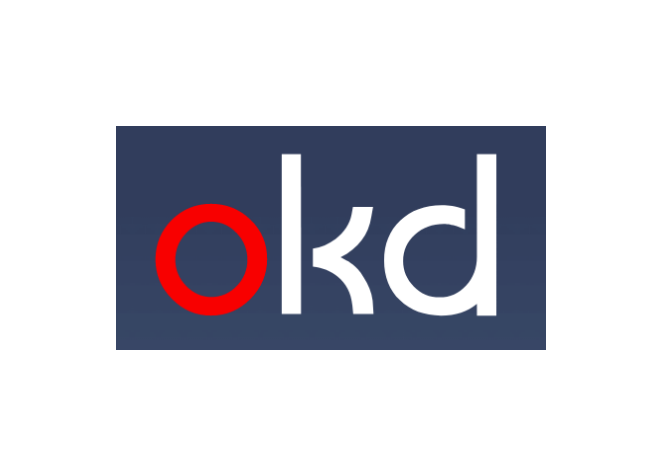
0.0(0)
This course provides knowledge on how to configure, troubleshoot, and manage the OKD Platform. This hands-on, lab-based course shows participants how to review the installation of a cluster, configure it, and manage it on a day-to-day basis and troubleshoot the deployment of containerized applications. You will design an OKD High Availability Cluster, then build and test it. You will use this cluster to examine more advanced topics in the administration and operation of a robust OKD cluster in the reminder of the course.

Deskripsi
Audience
-
System Administrators, Cloud Administrators, Developers, Site Reliability Engineer.
Learning Strategy
-
Basic Theory
-
Study Case
-
Implementation / Hands-on
-
Evaluation
Learning Output
Benefits
-
Up-to Date technical skills
-
Preparation for professional (global) exams
-
Get materials that are always updated by adjusting existing case …
Audience
-
System Administrators, Cloud Administrators, Developers, Site Reliability Engineer.
Learning Strategy
-
Basic Theory
-
Study Case
-
Implementation / Hands-on
-
Evaluation
Learning Output
Benefits
-
Up-to Date technical skills
-
Preparation for professional (global) exams
-
Get materials that are always updated by adjusting existing case studies
Silabus
Modul 1
Modul 2
Modul 3
Modul 4
Modul 5
Modul 6
Modul 7
Modul 8
Modul 9
Modul 10
Modul 11
Modul 12
Modul 13
Modul 14
Modul 15
Informasi Kursus
| Level | Advanced |
| Akses Course | 1 Tahun |
| Estimasi belajar | 4 Hari |
| Harga Offline |
Rp8.200.000 |
| Harga Online |
Rp7.100.000 |
| Kategori | Cloud |
Benefit
FAQ
ADINUSA Pro Training adalah layanan pelatihan ditujukan untuk para profesional atau karyawan diperusahaan yang ingin meningkatkan kemampuannya.
Ketika perusahaan kustomer bekerja sama dengan kami untuk melaksanakan kegiatan pelatihan.
Pengajar ADINUSA Pro Training merupakan praktisi yang memiliki pengalaman di bidangnya serta sudah tersertifikasi lembaga yang kredibel.
Untuk mengikuti pelatihan di ADINUSA Pro Training dapat menghubungi sales@btech.id
Kegiatan ADINUSA Pro Training dapat dilakukan secara offline atau online dan tempatnya menyesuaikan dengan kebutuhan kustomer.
Jumlah peserta untuk melaksanakan pelatihan minimal 4 orang
Materi yang tersedia dapat dilihat pada katalog ADINUSA Pro Training
Silakan berkonsultasi dengan tim sales kami di sales@btech.id atau +62-811-1123-242.
